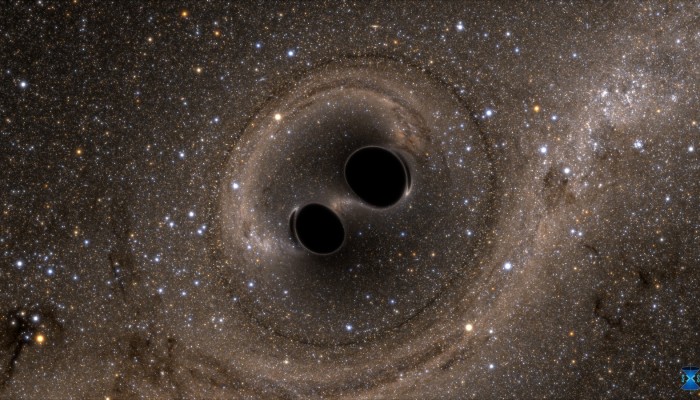
I bet you were every bit as excited as me about the recent announcement of the detection of gravitational waves at two locations of the Laser Interferometer Gravitational-Wave Observatory LIGO*. These waves were sent out to space-time by the merger of two black holes. Call me a nerd, but after reading the news I soon started wondering: What sort of periods do these waves have? In my imagination, something as humongous as black holes combining would cause some sort of vast, incredibly low frequency signal that would stretch over far longer periods than any seismic wave Earth could possibly ring to.
I admit I was ever so slightly disappointed to learn my intuition was completely mistaken: Contrary to many seismic waves (those that matter to me, anyway), the chirp that the physics world got all giddy about is really in the audible range. My disappointment was dispersed immediately by the possibility of actually listening to it here.
Still — the ground of course merrily jiggles along at such frequencies (35 Hz upwards). Moreover, other signals LIGO hopes to observe fall into the typical range of seismic waves. Seismology, therefore, plays a big role in the detection of gravitational waves: As EOS explained, a highly elaborate shielding protects the mirrors at LIGO from ground vibrations. This is achieved both by damping and by actively compensating for ground motion recorded at various sensors – among them, not surprisingly, three broadband seismometers and several geophones.
*Admittedly, this post is not “showcasing young researchers’ result from seismology” — but I couldn’t help it!
